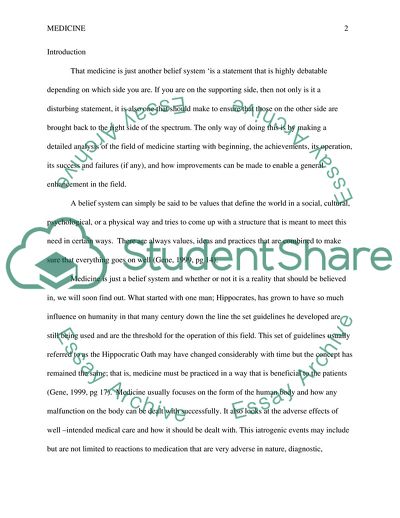Cite this document
(Medicine As Another Belief System Report Example | Topics and Well Written Essays - 3750 words, n.d.)
Medicine As Another Belief System Report Example | Topics and Well Written Essays - 3750 words. https://studentshare.org/health-sciences-medicine/1816625-health-and-illness-assess-critically-the-statement-that-medicine-is-just-another-belief-system
Medicine As Another Belief System Report Example | Topics and Well Written Essays - 3750 words. https://studentshare.org/health-sciences-medicine/1816625-health-and-illness-assess-critically-the-statement-that-medicine-is-just-another-belief-system
(Medicine As Another Belief System Report Example | Topics and Well Written Essays - 3750 Words)
Medicine As Another Belief System Report Example | Topics and Well Written Essays - 3750 Words. https://studentshare.org/health-sciences-medicine/1816625-health-and-illness-assess-critically-the-statement-that-medicine-is-just-another-belief-system.
Medicine As Another Belief System Report Example | Topics and Well Written Essays - 3750 Words. https://studentshare.org/health-sciences-medicine/1816625-health-and-illness-assess-critically-the-statement-that-medicine-is-just-another-belief-system.
“Medicine As Another Belief System Report Example | Topics and Well Written Essays - 3750 Words”. https://studentshare.org/health-sciences-medicine/1816625-health-and-illness-assess-critically-the-statement-that-medicine-is-just-another-belief-system.


